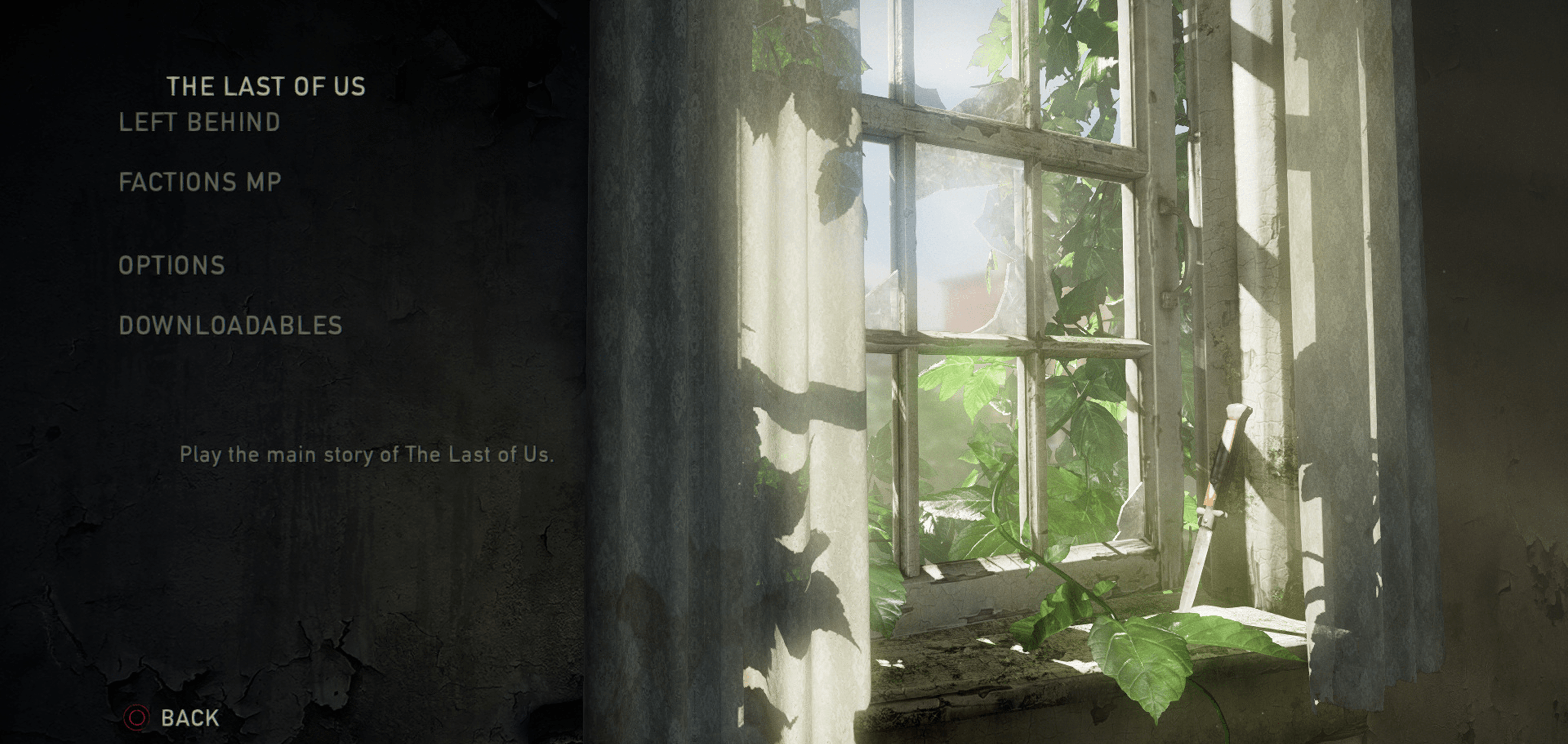
Introduction: The First Impression Matters
When players launch a game, the UI is their gateway into its world. It’s not just about aesthetics it’s about immersion. From the loading screen’s theme to the typography on menus, every element must pull players into the game’s atmosphere.
Imagine opening Red Alert to a neon-military interface with gritty fonts and radar-style icons it instantly screams "war strategy." But if its menu used a Hello Kitty font with floating hearts, the immersion breaks. Game UI isn’t bound by the rigid guidelines of apps or websites; it’s a creative challenge to balance beauty with clarity, all while minimizing cognitive load.
The Golden Rule:
Your UI should feel like a natural extension of the game’s universe whether that’s a medieval castle (Stronghold: Crusader) or a dystopian future (NieR: Automata) or peaceful and serein (The last of us)
2- UI as the Game’s Visual Language:
Signals & Feedback: Speaking Without Words UI is how games "talk" to players. It answers critical questions:
- "How much health do I have?" (Health bars)
- "Can I afford this upgrade?" (Currency displays) "Why did I just die?" (Feedback on failed actions)
- Signals are static indicators (e.g., ammo counters, mini-maps). Feedback is dynamic responses to player actions (e.g., dying in water teaches you your character can’t swim). In narrative games like Detroit: Become Human, these blend choices ripple into later gameplay, with UI subtly tracking consequences.
Example: In Outlast, the camera’s battery life isn’t just a meter it’s a survival timer. Let it drain, and you’re left in the dark, scrambling to find replacements.
Immersion Through Atmosphere: The "cooling" Factor:
- Great doesn’t just inform it feels like part of the game. The Last of Us opens in near-darkness, with a faint beam of light guiding players, setting a tone of desperation.
- Detroit: Become Human’s menu features an AI companion who jokes about your progress, mirroring its theme of sentient androids.
- Max Payne replaces bland exit prompts with poetic lines like "The end of a nightmare… or a dream?" keeping players in its noir vibe until the very end.
Key Insight: Atmosphere isn’t just for gameplay. Even menus should whisper, "This is the world you’re entering."
Designing for Interaction: Single & Multiplayer:
Single-Player Fluidity: In games like FIFA, planning tactics uses a UI distinct from the main menu but consistent in style. Buttons must align with controls—pressing "X" to shoot should mirror the UI’s prompts.
Multiplayer Communication: in PUBG, a "Help!" signal isn’t just text it’s a visual marker teammates see on their HUD, prompting them to revive you. The UI bridges solo actions to team outcomes.
Pro Tip: The multiplayer UI must be glanceable. Players won’t pause a firefight to decode cluttered icons.
Avoiding Cognitive Overload: Hierarchy & Animation Information Diet Dumping all stats at once overwhelms players. Instead:
- Layer Details: In Tomb Raider, skill menus show basics upfront. Hovering reveals deeper mechanics.
- Teach Gradually: Celeste introduces moves through level design, not tutorials.
- Animation as a Guide In BioShock, unlocking the "Electro Bolt" plasmid isn’t just a menu checkbox your character’s and crackles with electricity, and the UI slides in with stylized tutorials. This combo of VFX and UI creates a dopamine-rich "aha!" moment.
Why It Works: Animations make progression feel impactful, not just informational.
Conclusion: The Invisible Art of Game UX/UI:
The best UI goes unnoticed. It immerses players, speaks intuitively, and turns complex systems into effortless interactions. Whether it’s a haunting menu (The Last of Us) or a skill tree that feels like a discovery (BioShock), your goal is simple: make the interface a bridge, not a barrier.
Final Thought: "Game design is storytelling. Your UI? It’s the narrator.
Get Notified about new VR trainings
Want to be the first to know about new courses release dates? Subscribe and we'll make sure it happens!


.png)


